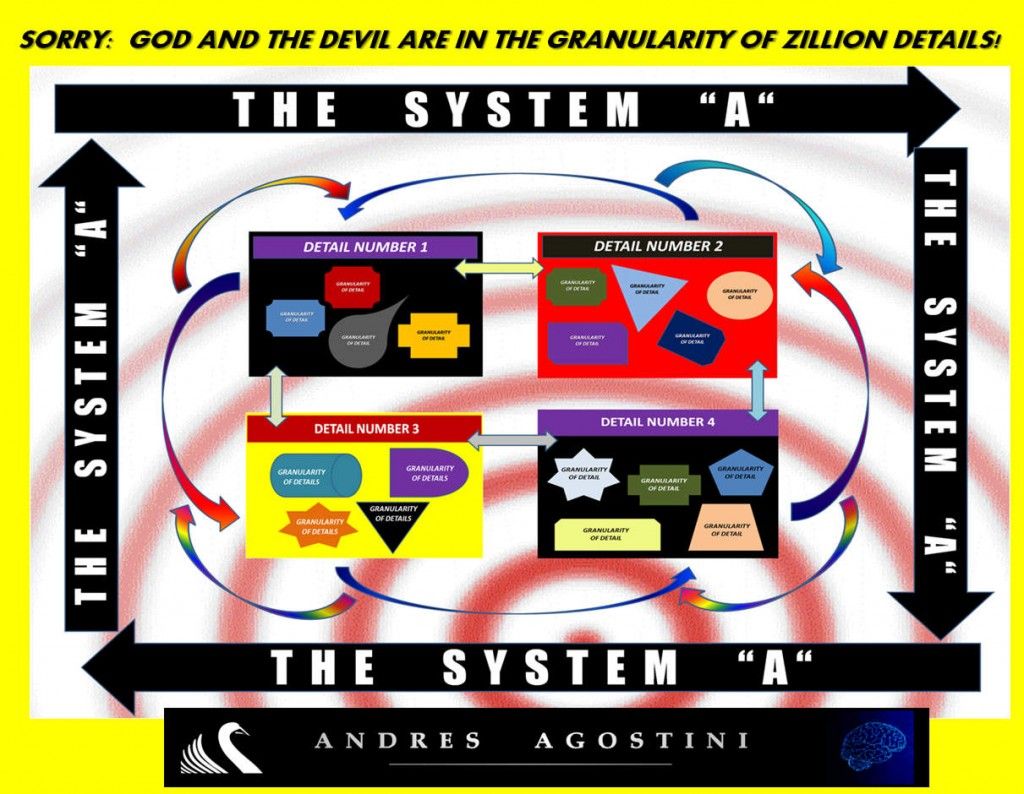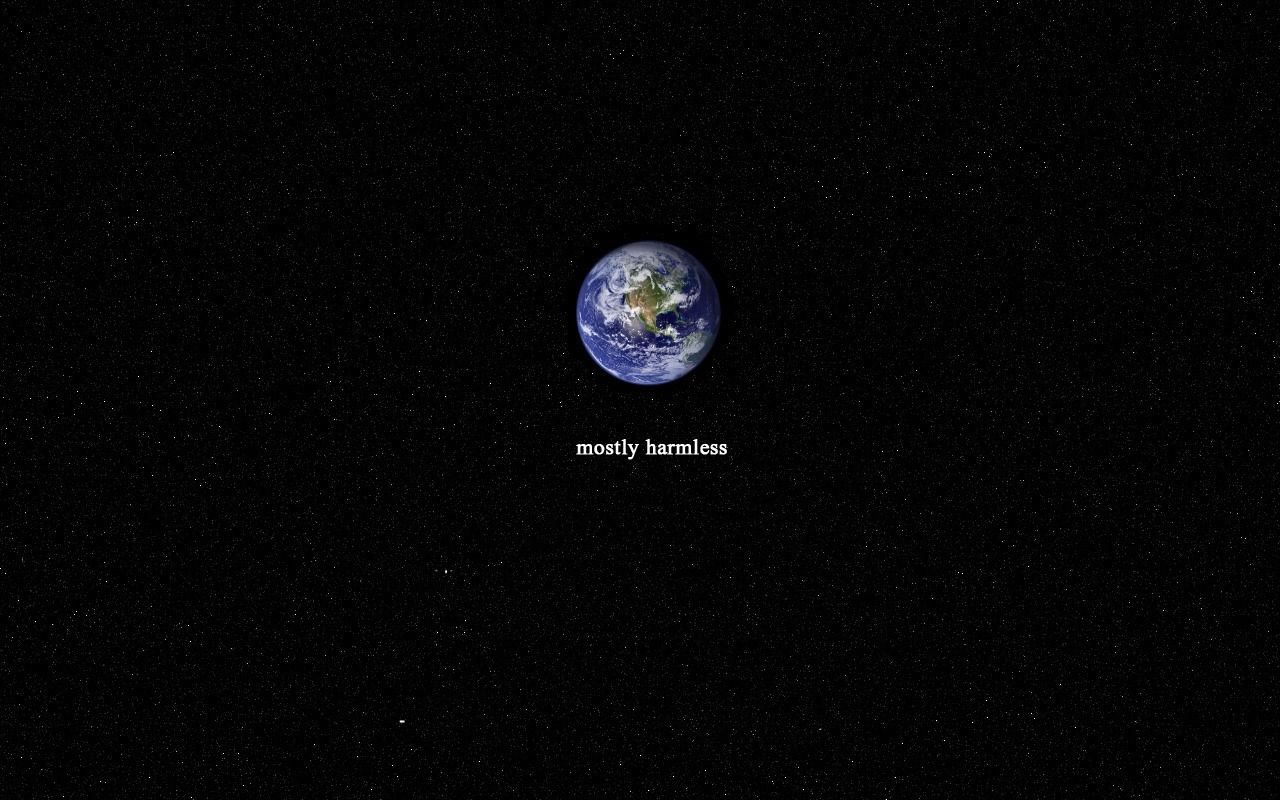Dec 24, 2014
If c-global can save the World: Why is it being shunned? An Xmas Carol
Posted by Otto E. Rössler in categories: existential risks, particle physics
Imagine there existed a proof that the most reluctantly accepted feature of Einstein’s gravitation theory – that c is no longer a global but only a local constant – was unnecessary: Would that not be wonderful?
The proof was greeted with planet-wide neglect: c-global exists in the Schwarzschild metric of general relativity since 2008 and so in the more fundamental equivalence principle since 2012. It hence also holds true for the full Einstein equation – only the pertinent transform has yet be written down to enable direct unification with quantum mechanics: a holy grail.
Hence most everyone is bound to be working on this in physics? The answer is no given the embarrassment of riches that is implicit. This professional modesty is a sympathetic human trait when you look at it in a detached mood. However, the result in question has also an applied side to it. In light of the latter, a prestigious collective activity has ceased to be safe.
Such collisions of interest do usually sort themselves out spontaneously with time. Here, bad luck for once wills that the unsafe collective activity – the re-ignition of a Nobel-decorated experiment at twice its former world-record energy – has been scheduled to start in only ten weeks’ time.
Continue reading “If c-global can save the World: Why is it being shunned? An Xmas Carol” »


 The May 2014 Scientific American article, “Super Symmetry, A Crisis in Physics”, got me thinking. If the proton mass is substantially greater that the sum of the masses of the quarks & gluons in the proton then there is an outrageous question regarding the Standard Model.
The May 2014 Scientific American article, “Super Symmetry, A Crisis in Physics”, got me thinking. If the proton mass is substantially greater that the sum of the masses of the quarks & gluons in the proton then there is an outrageous question regarding the Standard Model. In April 2012 I met Lisa Randall while book signing at the National Space Symposium, held every April at the Broadmoor Hotel, Colorado Springs, Colorado. She is the Frank B. Baird, Jr., Professor of Science at Harvard University.
In April 2012 I met Lisa Randall while book signing at the National Space Symposium, held every April at the Broadmoor Hotel, Colorado Springs, Colorado. She is the Frank B. Baird, Jr., Professor of Science at Harvard University.






